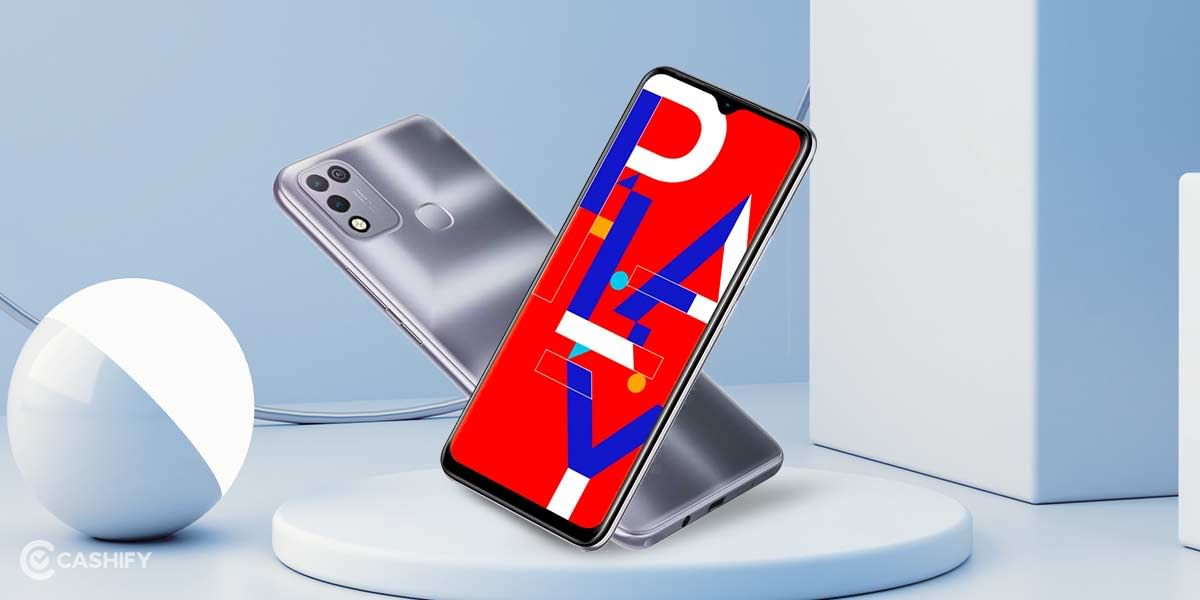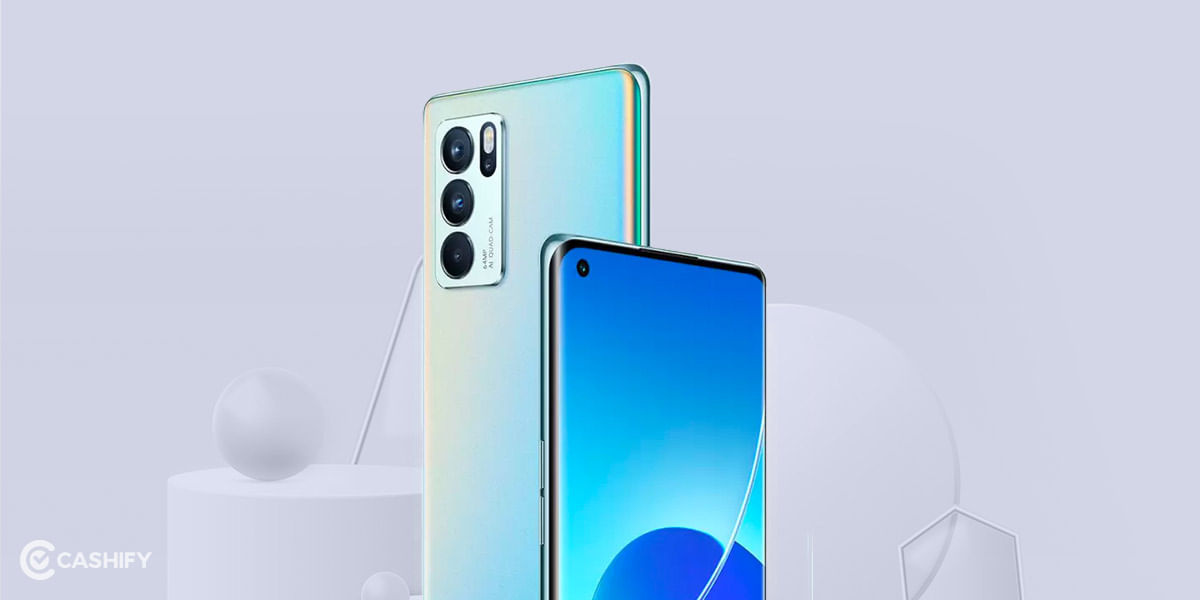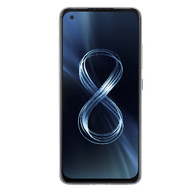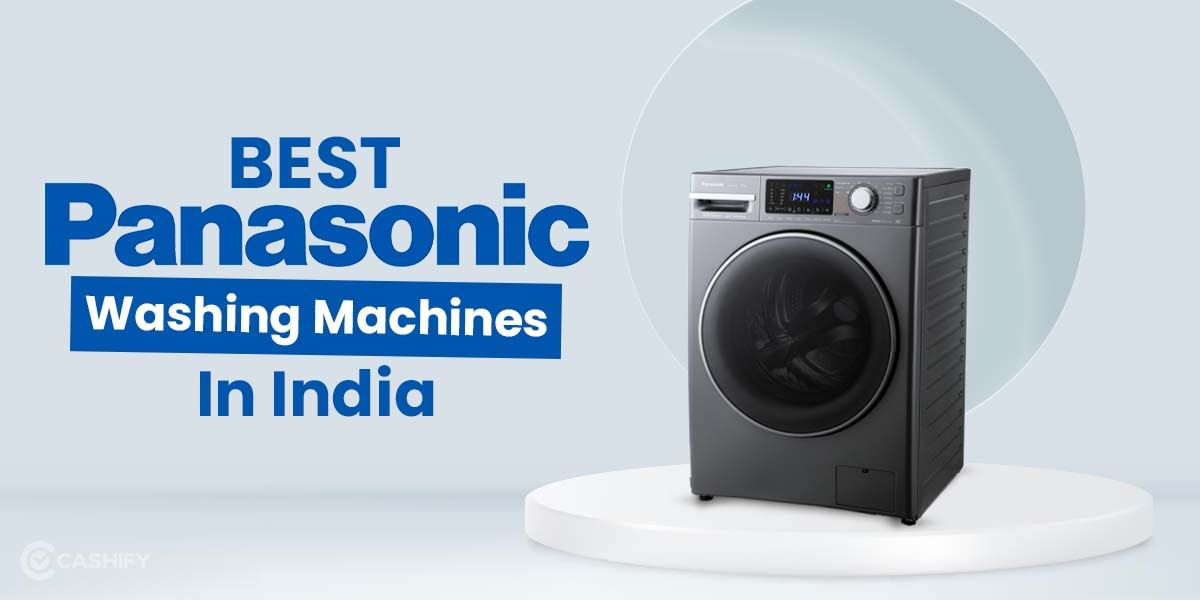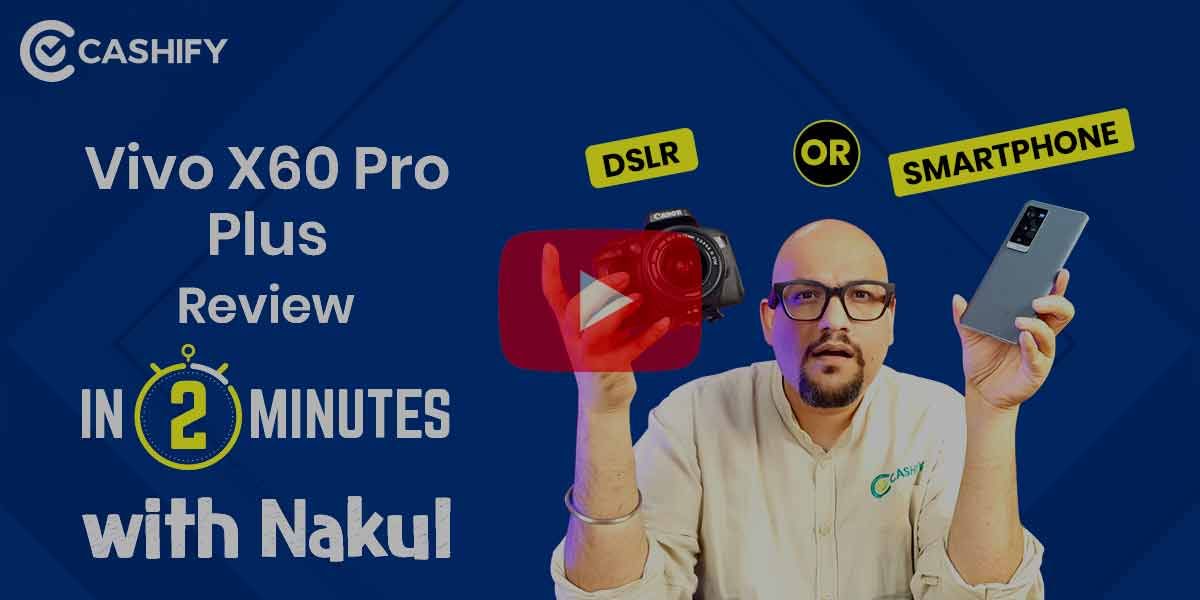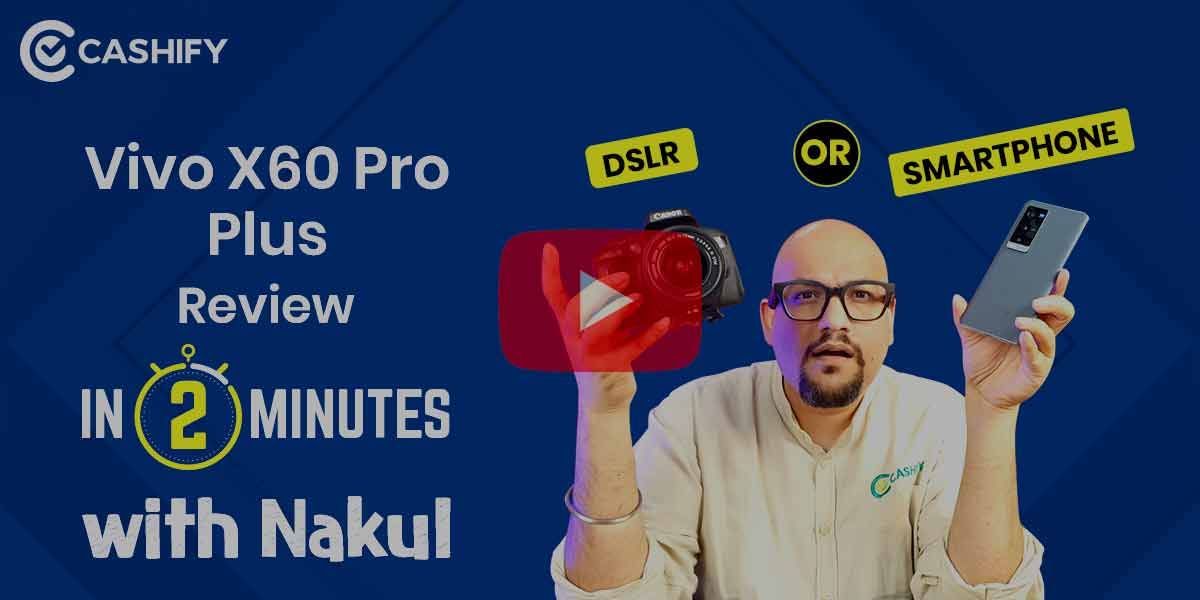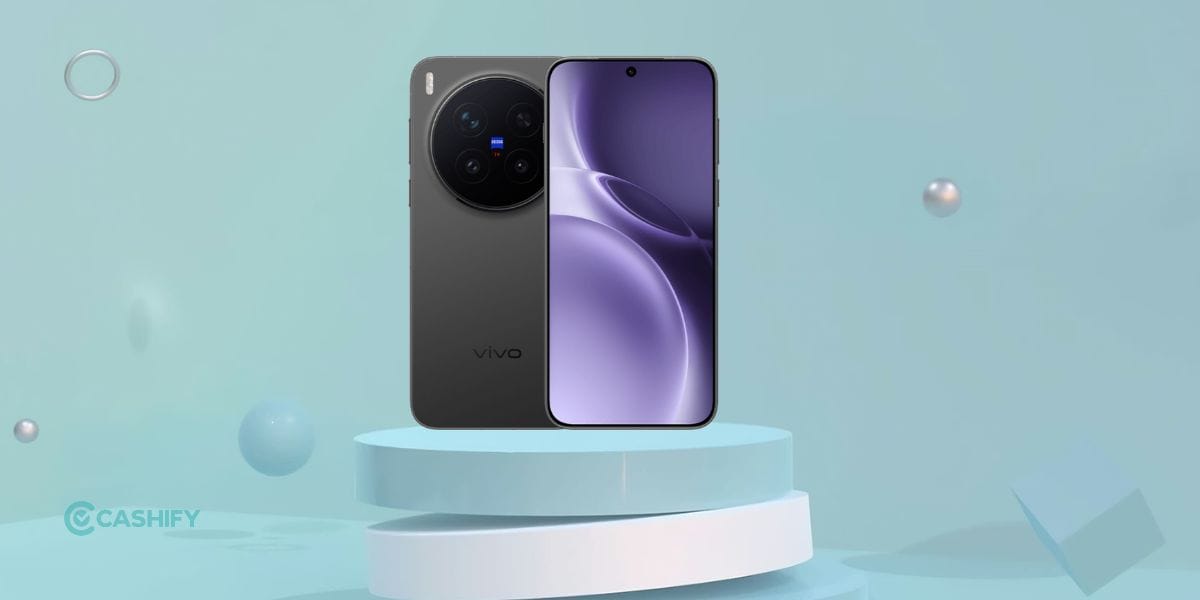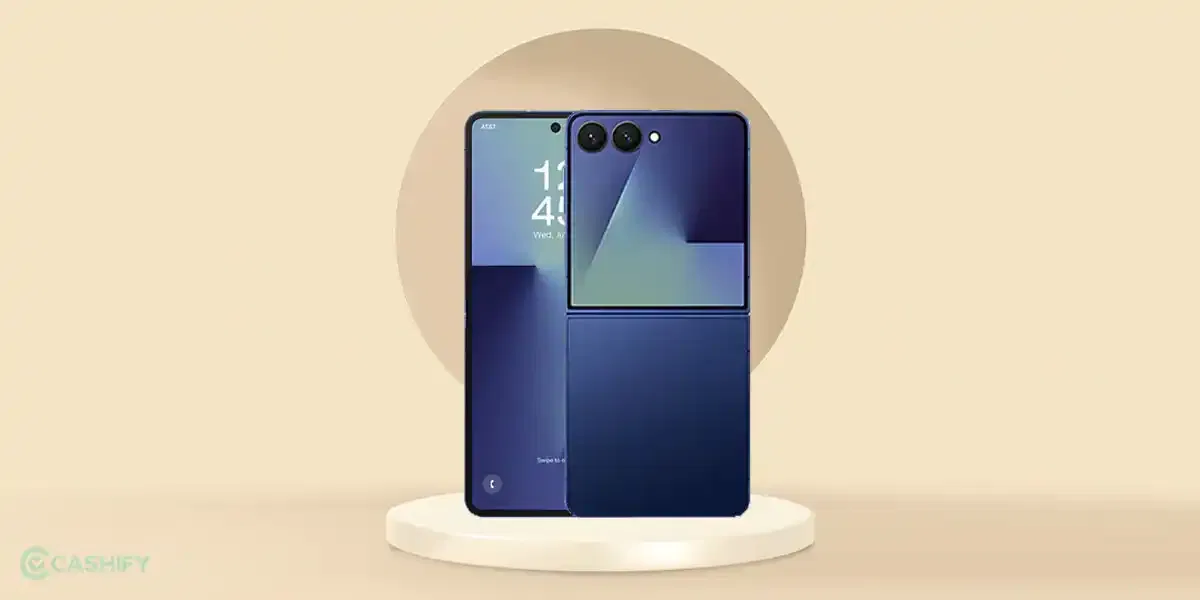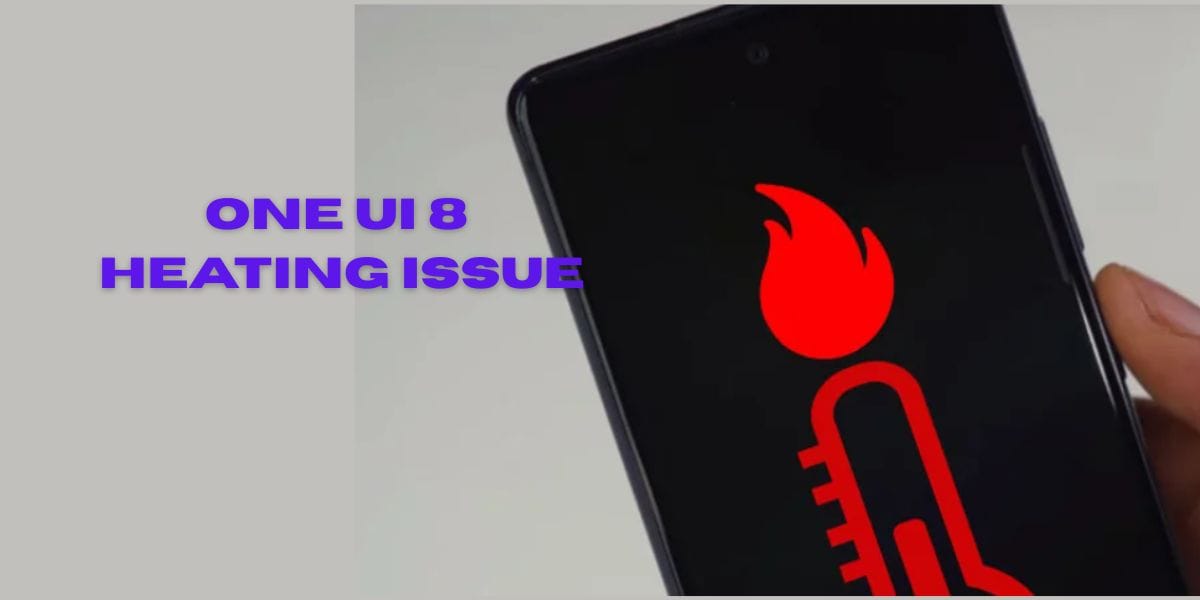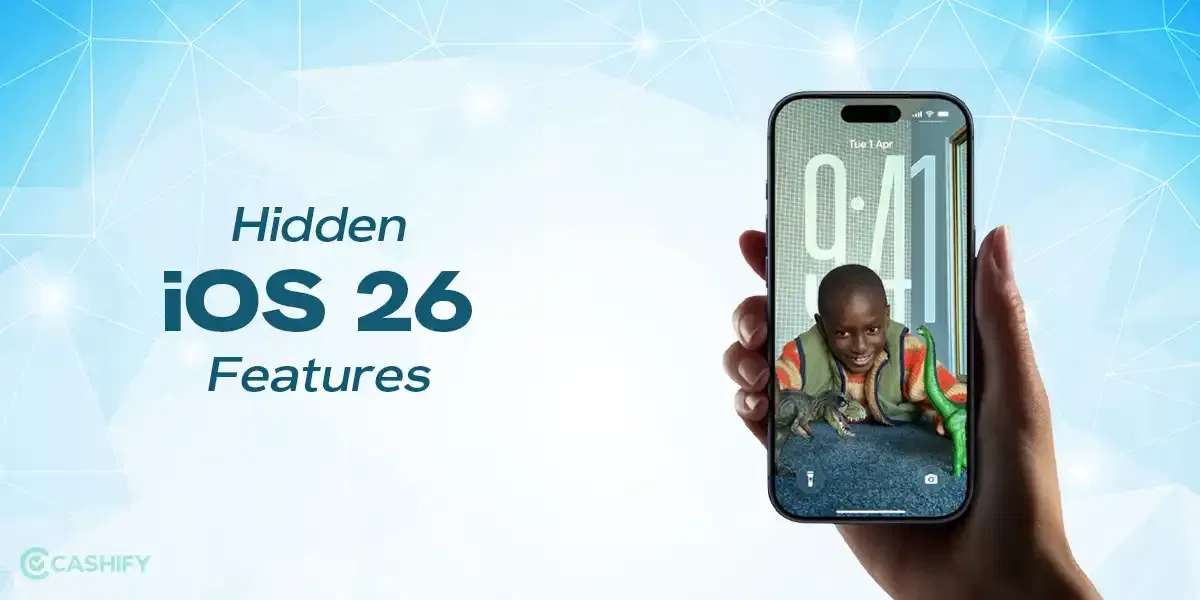Asus Zenfone 8 Review
Asus ZenFone 8 launched in a now barren compact class with a 5.9-inch display. Apparently, it is among a few flagship phones in this category alongside iPhone 12 mini. Asus hasn’t made any compromises with the phone though as it comes with the latest flagship chipset, a no-frills dual rear camera setup with 2x lossless zoom, and adding water-resistant on top of it in a form factor that is both easy to hold and premium to look at.
Also Read: iQOO 7 Full Review
It will be dubbed as ZenFone 8Z in India once it arrives. Here’s a hands-on detailed review of the Asus ZenFone 8 that you must read.
Asus Zenfone 8 Price in India, Variants, Availability
Asus ZenFone 8 hasn’t made it to India at the time of writing this review. The smartphone is slated to arrive in early August in India so it is either yet to release or released by the time you read it. Asus ZenFone 8 (or dubbed as ZenFone 8Z in India) is likely to arrive at Rs 45,000/- for the base 8GB+128GB variant. The higher 256GB variant is up for sale in the U.S. at $699 which could loosely translate into Indian Rupee when the phone arrives in India. Meanwhile, do keep the colour option in mind when you buy it – Horizon Silver and Obsidian Black.
Planning to upgrade? Sell Your Old Phone in 60 Seconds From Home
Asus Zenfone 8 Box Contents
- Asus Zenfone 8 device
- Ejector pin (SIM tray needle)
- USB power adapter (30.0 W)
- USB-C to USB-C cable
- Protective case
Asus Zenfone 8 Specs at a glance
Before we talk in detail about the Asus Zenfone 8 let’s see what the on-paper specs look like?
- Display: 5.9-inch 120 Hz Samsung AMOLED display
- Processor: Qualcomm Snapdragon 888 5G
- Storage: 8GB/128GB, 12GB/256GB, 16GB/256GB
- Software: Android 11
- Rear cameras: 64MP (main) + 12MP (ultra-wide-angle)
- Front camera: 12MP
- Battery: 4000 mAh
- Weight: 169g
- Dimensions: 148 x 68.5 x 8.9 mm
Asus Zenfone 8 Design and Build
Asus ZenFone 8 will attract those who want a compact smartphone. At 148×68.5×8.9mm, the device is way larger than iPhone 12 Mini and a bit larger than Google Pixel 5.
The device gets a Corning Gorilla Glass Victus at the front while the rear packs in a Corning Gorilla Glass 3. The back panel is frosted and inclines towards the matte while being a bit glossy as well. The frame is aluminium and it is curved that aids in the proper grip of this compact smartphone.
The phone is tall and has a narrow width that makes it a worthy companion for consuming media and playing games unless you are something who wants a larger display. There’s a 3.5mm headphone jack on top (yes, it’s a headphone jack on a flagship phone). There’s a volume rocker on the right along with a blue accented power button on my Obsidian Black colour variant.
There’s a USB-C port, a primary bottom-firing speaker, and a primary mic at the bottom. You get a secondary front-firing loudspeaker on the edge of the forehead that doubles as an earpiece when on a call. Finally, there’s a SIM card slot on the left and that’s all the I/O ports and buttons available on ZenFone 8.
Fortunately, the phone arrives with the highest level of water and dust protection i.e. IP68 that will keep the phone completely safe if submerged deep in 1.5m water for 30 minutes or so although it isn’t something I recommend.
Asus Zenfone 8 Display
Asus ZenFone 8 is fitted out with a 5.9-inch Super AMOLED panel with a 120Hz refresh rate, HDR10+ compliant panel boasting a 1080×2400 pixels resolution. It totals at 446 PPI density and comes with Corning Gorilla Glass Victus on top of it.
I am completely inclined towards ZenFone 8 just because it is a non-6-inch smartphone with a flagship configuration under the hood. It is a cheaper iPhone 12 Mini, to be honest bringing a larger screen real estate and a far crispier and colour-accurate panel. The display arrives with a super smooth 120Hz refresh rate but there’s no granular support here. Instead, the display lets users manually control the refresh rate out of five settings available.
Do Check Out: AMOLED Vs OLED: Which is Better and Why?
The high refresh rate is way better than 60Hz or even 90Hz because it is smooth, transitions are pretty darn fascinating and animations are great. The screen is totally the cherry on the cake as it allows for enhanced one-handed usage without any hassle. There’s a dedicated one-handed mode that puts the interactive area at the bottom and the viewing area on top for better one-handed usability.
Broke Your Old Phone Screen?
– Affordable Display Replacement at Home
Talking about the display which has a 240Hz touch sampling rate, the display produces fairly vivid and vibrant colours. Since it is FHD+ with a reduced size, it translates into higher pixel density although there’s a bit of difference in hues that you would see on Zenfone 8 and any other smartphone with the same resolution, but larger display.
Asus Zenfone 8 Performance
ZenFone 8 is equipped with a flagship Qualcomm Snapdragon 888 5G SoC with an Adreno 660 GPU. The chipset is clocked at 2.84GHz max frequency at 1x Kryo 680 plus 3×2.42GHz Kryo 680 plus 4×1.80GHz Kryo 680 cores. The device packs in 6GB/8GB/12GB/16GB RAM options and 128GB/256GB of storage options.
The device is using a flagship chipset so the performance is undoubtedly better than its predecessors or say literally any smartphone running SD865 and below. When it comes to numbers, the ZenFone 8 scores 1118 and 3604 points on single-core and multi-core tests on GeekBench 5 while the AnTuTu 8 score was at 676,001 points. To put things into perspective, the latter is higher than the one recorded by ZenFone 7 Pro (of course), Samsung Galaxy S21 5G, Huawei P40, Samsung Galaxy S20 FE, and even Oppo Find X3 Pro all of which are flagship phones.
When it comes to performance in real use cases, texting, calling, browsing, videos, and music everything runs buttery-smooth on ZenFone 8. Its storage and RAM configurations make the device a must-have and since the phone is super compact, I wouldn’t have any other reason not to get ZenFone 8 for me since I am totally inclined towards smaller phones and not something I would consider a literal phablet. When I say compact and small, I don’t feel ZenFone 8 is any Apple iPhone SE 2020. Rather, it falls in a sort of goldilocks zone giving the right screen size and form factor with a super-powerful chipset.
OnePlus 9R Vs iPhone XR Vs iPhone 12 Full Comparison: Which One To Buy?
It goes without saying, anything from gaming on casual 2D games to high-graphics games, ZenFone 8 can handle it all well. It falls in the same performance category as ROG 5 or OnePlus 9 so you see, ZenFone 8 is not just a pretty piece of equipment but it is a powerful one.
Asus Zenfone 8 Software
Asus ZenFone 8 runs on Android 11 out of the box layered with a custom ZenUI 8. It is quite similar to ROG Phone 5 although without a ROG theme and functionalities. The UI offers a little bloatware to go through. The Smart Key feature allows you to launch an app or set a trigger by pressing the power button. There is an Advanced Mode that helps you tinker with the RAM, CPU, and GPU performance to get the best of performance.
Compare: Samsung Galaxy F22 vs Samsung Galaxy M32 vs Samsung Galaxy A32
You get an Always-on Display with Asus ZenFone 8 with 3 clock styles at your disposal. Other features include gesture control, Game Genie, Twin apps, OptiFlex, among others.
Asus Zenfone 8 Camera
When it comes to the optics, Asus ZenFone 8 packs in a dual-camera setup at the rear. This includes a 64MP primary shooter with OIS, f/1.8 aperture, PDAF, 0.8micron pixel size, and 26mm focal length along with a 12MP secondary ultrawide snapper with 112-degree FoV, f/2.2 aperture, dual pixel PDAF, and 1.4micron pixel size. At the front, you get a 12MP shooter with a 28mm lens, f/2.5 aperture with dual pixel PDAF.
In 2021, it’s a privilege to use a phone that cuts back to a no-frill camera setup which means no unwanted decorative sensors. Instead, ZenFone8 has dual rear and a single camera at the front which is pretty straightforward.
Talking about the primary snapper, it captures images using 4-in-1 pixel binning technology wherein it captures 16MP shots although you can scale it up to its full resolution of 64MP as well. The 16MP photos look vibrant, colours really punch out and the sensor manages to detail an ample amount of details per shot in good lighting conditions. After analyzing the samples captured with the primary snapper, I can say that the white balance and sharpness in the shots were on-point and truly flagship-grade if not more. Foliage presentation was excellent, photos were colour accurate, and overall, the sensor has a wide dynamic range.
Check Out: iQOO 7 Full Camera Review
The primary snapper can capture excellent portrait shots and as always, you don’t need a depth sensor to capture a convincing portrait shot and Zenfone 8 does prove the same. However, the sensor applies beauty mode by default which means it will smoothen the skin tone as if you have applied a tonne of makeup before taking a snap. Luckily, you can disable it to get way better shots with a bang on subject separation and bokeh effects.
The ultrawide snapper on ZenFone 8 is larger than most other smartphones at 12MP. You can shoot wider shots with the ultrawide snapper which retains abundant details although it is still under the prowess possessed by the primary sensor. There’s automatic distortion correction under the hood which makes a lot of difference in freeing you from images that have soft or distorted edges. It even works in night mode and at 2x zoom, although it does brighten the scenes, it isn’t the best when it comes to nighttime photography although that depends on the intensity of light available in any scene.
The 12MP selfie shooter isn’t any bad either. Selfies come out really good with portrait shots being the cherry on the cane. Here, you get a beauty filter by default but you can disable it as well. Selfies are truly detailed although indoor and nighttime shots can see noise and lack of sharpness, details based on the lighting conditions.
Talking about video recording, you are capped at 4K@60fps/120fps using the primary cam or yank it up to 8K@24fps with ease. The selfie shooter is capped at 4K@30fps or below.
Asus Zenfone 8 Battery
Asus Zenfone 8 packs in a 4,000 mAh battery. It is a compact smartphone and yet offers a more than average battery pack by size. After testing it, I noticed that the screen on time on the 4,000 mAh battery pack is consistently better, giving a backup of 15:47 hours of HD video loop test while giving 12:34 hours of backup on web browsing. These tests were done on its 120Hz mode while tuning down the refresh rate to 90Hz or even 60Hz yanks the battery back by 30 to 40 minutes.
When compared to Samsung Galaxy S21 5G which has the same battery size, the phone performed significantly better in some areas. A slightly larger battery would’ve made the prospect far better for Zenfone 8 but considering its compact design, I would say squeezing a 4,000 mAh battery was a well-done job.
For charging, you get a 30W fast charging with the phone which is way below what competitors other than Apple and Samsung are offering. It takes a good 90 minutes to charge the battery which is almost consistent with S21 5G’s 25W charging speed. It is perhaps faster than any iPhone 12 series smartphone you can pick but consistently lower than what Xiaomi or Poco or even Realme is offering.
Asus Zenfone 8 Audio, Connectivity, Biometrics
Asus ZenFone 8 is equipped with a stereo speaker setup and perhaps, it is no ordinary one. Backed by two giant loudspeakers, one each at the bottom and front-facing that acts as an earpiece, the speaker produces -27.9 LUFS on the loudness test. This is perhaps Good but with foam balls filled in the space between, it creates deeper bass.
In fact, the speaker setup on ZenFone 8 uses something called psychoacoustics which produces perceived bass rather than the physical capability of the speaker. This creates a lot of difference-making the stereo speaker a worthy one.
When it comes to connectivity features, the Asus ZenFone 8 has a bunch of them on-board. It supports NavIC, QZSS, BDS, Galileo, Glonass, and A-GPS navigation systems, NFC, Bluetooth v5.2 supporting aptX Adaptive, aptX HD, LE, and A2DP. You get a USB-C 2.0 port for charging purposes. There’s a 3.5mm headphone jack under the hood.
ZenFone 8 has an under-the-display fingerprint scanner which is ideally placed for convenience. Apparently, it is a quick and accurate majority of times allowing users to simply tap and unlock the phone in a jiffy. There’s a facial recognition system on-board that takes the cue of the front snapper to recognize and authenticate users accordingly. It is pretty straightforward and accurate as well.
Asus Zenfone 8 Pros & Cons
Pros
- Qualcomm Snapdragon 888 chipset
- 120Hz refresh rate Super AMOLED display
- 16GB RAM + 256GB internal storage
- 64MP dual-camera setup with OIS
- Corning Gorilla Glass Victus
- IP68 dust and water resistance
- NFC enabled
Cons
- No MicroSD card slot
- No Wireless charging
- Only 4000 mAh battery
In the end, it all boils down to the user’s preference. The display is vibrant and flagship-like although lags are a bit behind ROG 5. It goes without saying, the phone has an overall compact form factor which makes a lot of sense for those who want a powerful phone in a compact. On the contrary, you can just let it go if you don’t want a phone with a smaller size.
The battery falls in the average size considering the battery size in the Android sphere. The charging speed is considerably slower than any flagship phone except Apple and Samsung. In any case, buying Asus Zenfone 8 makes a lot of sense for most users although Asus’s software game isn’t on-point. Hope you get a gist of using ZenFone 8 and whether you want to buy it or not.


